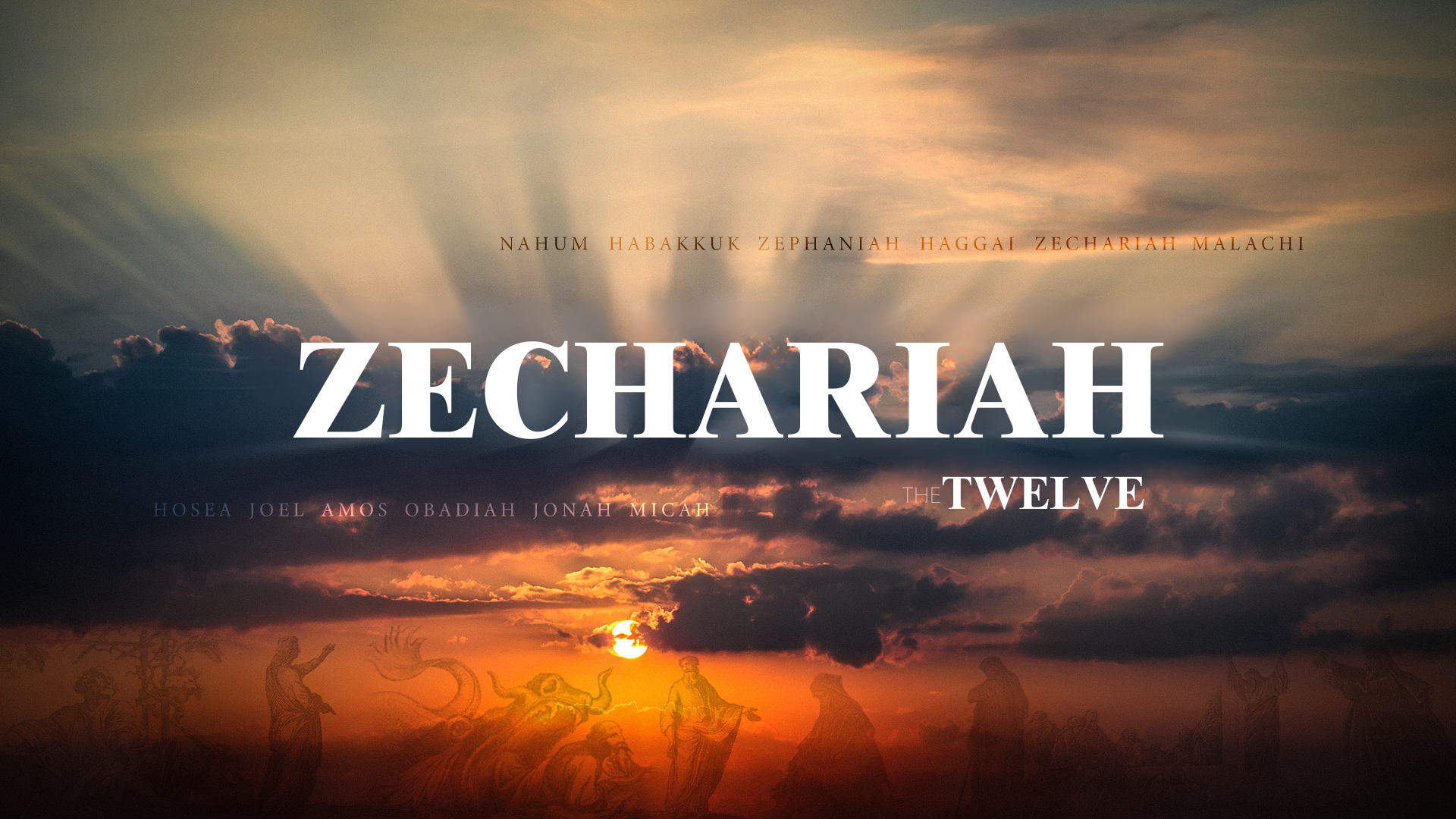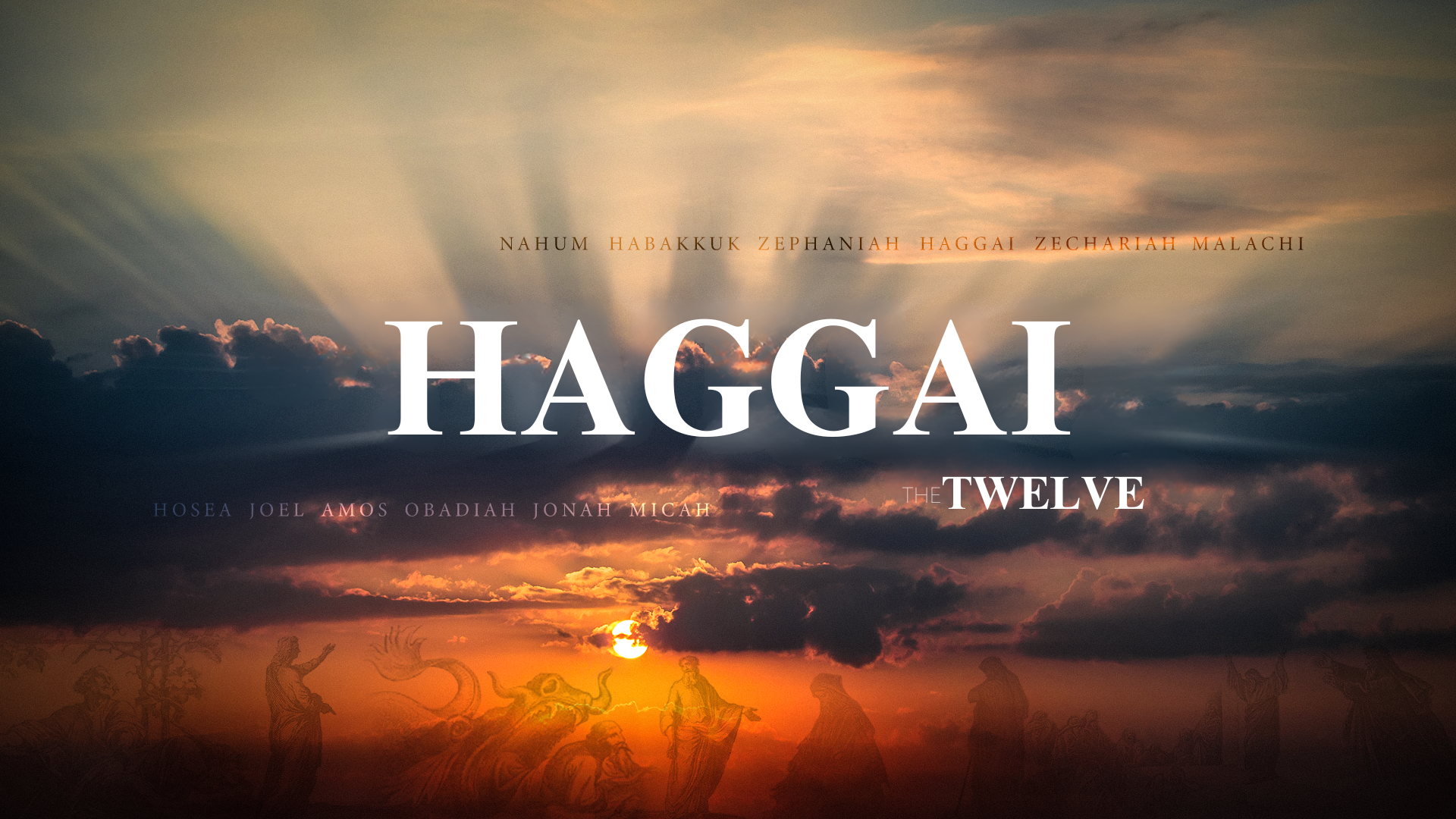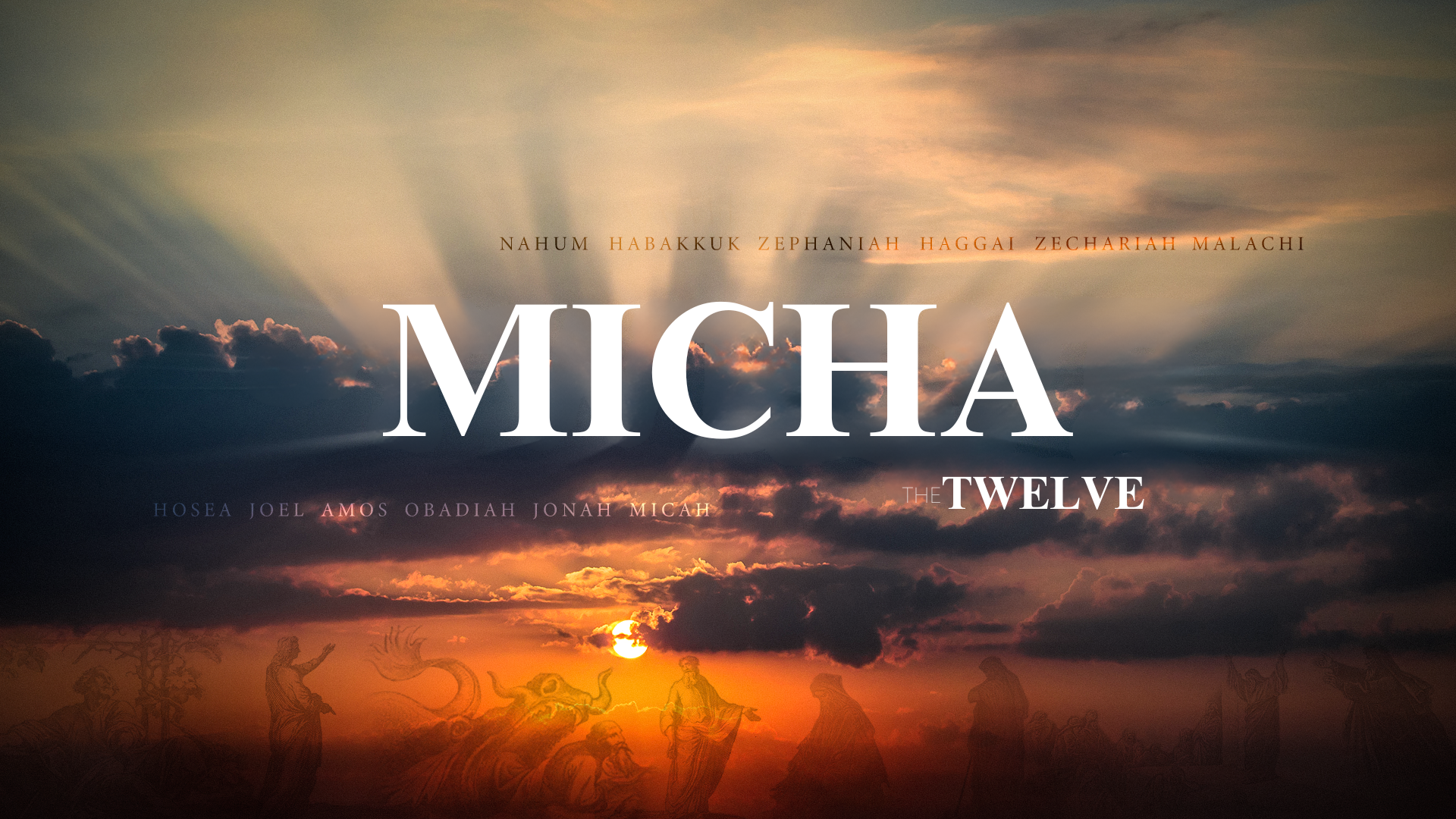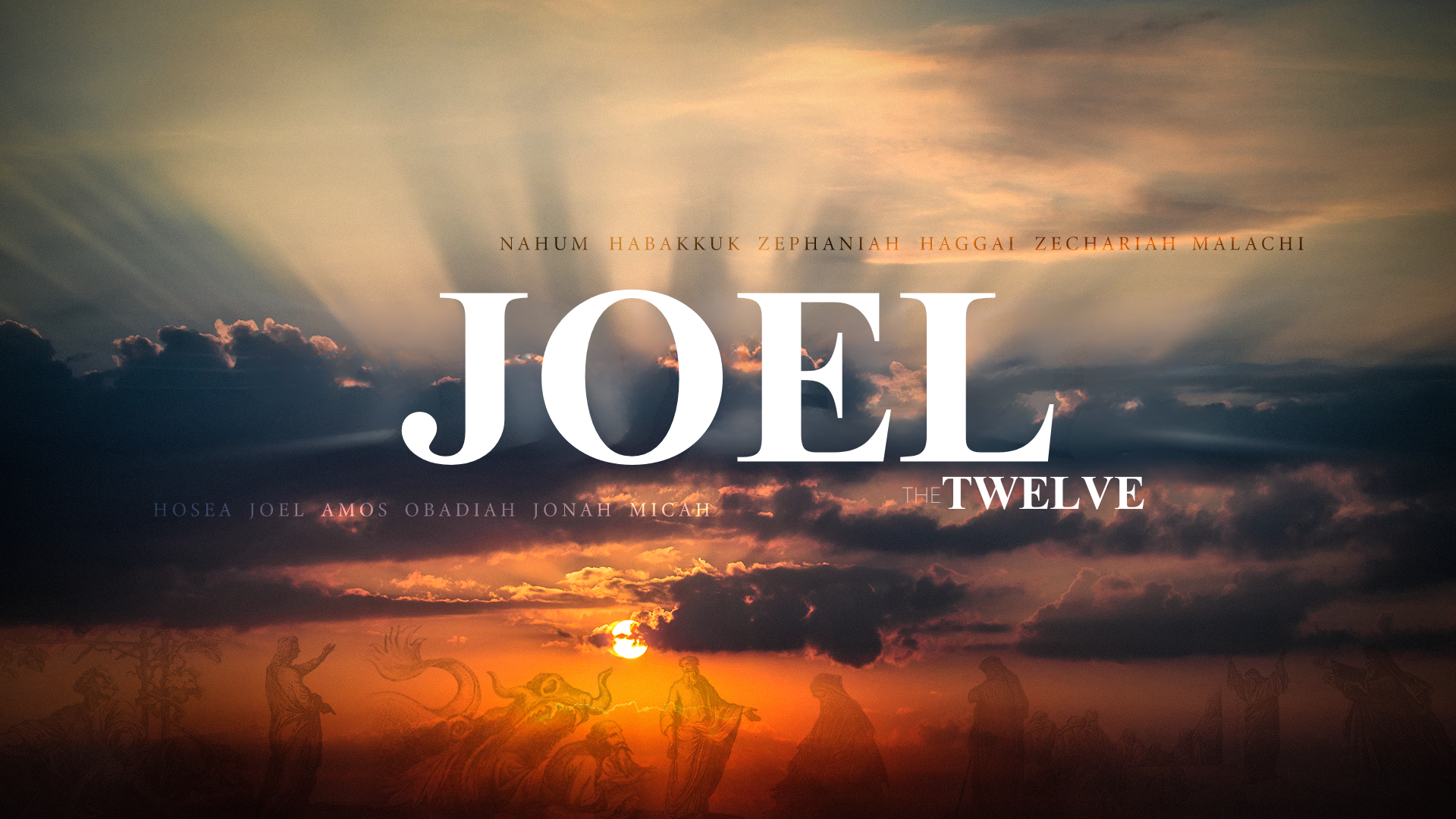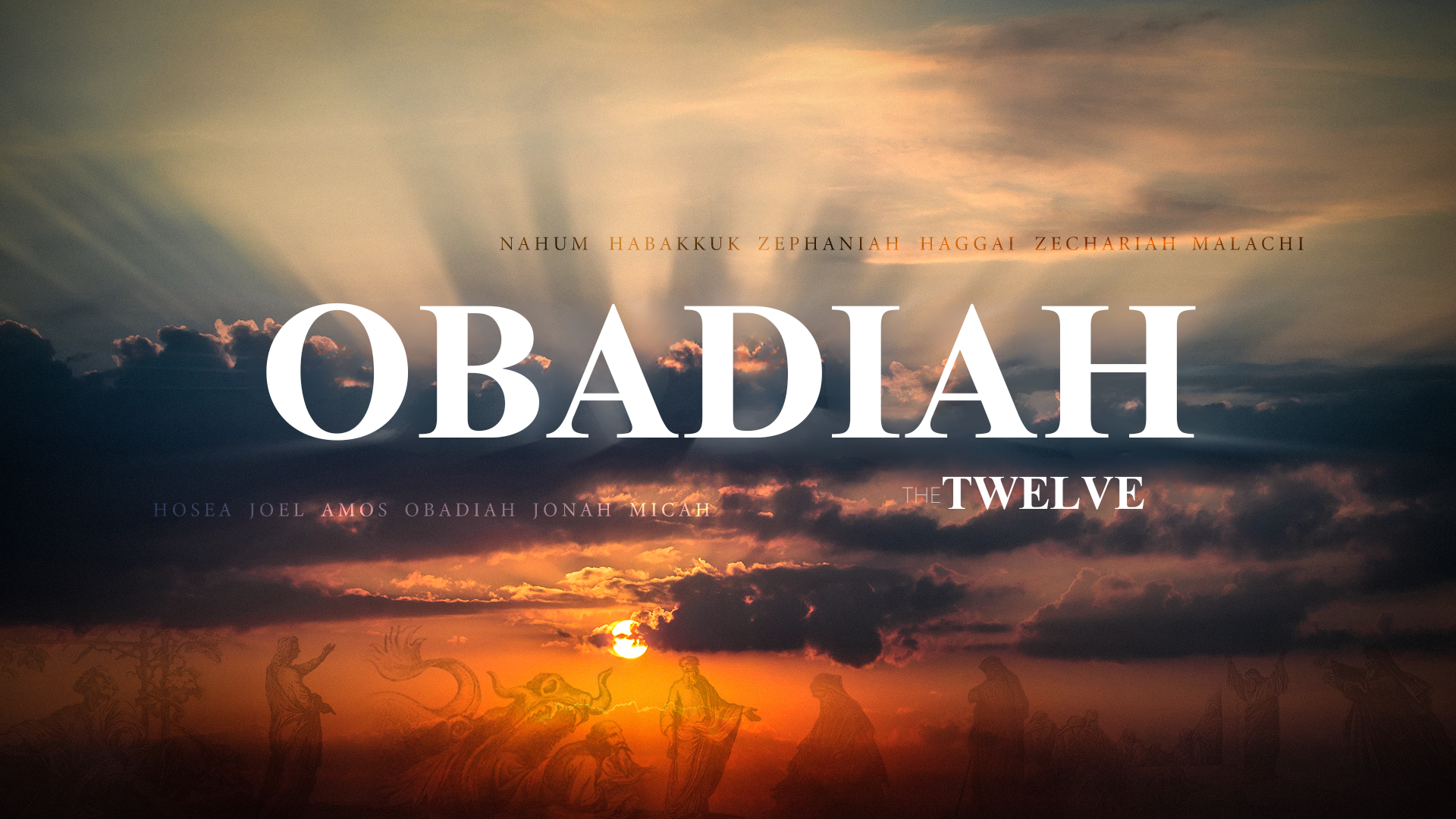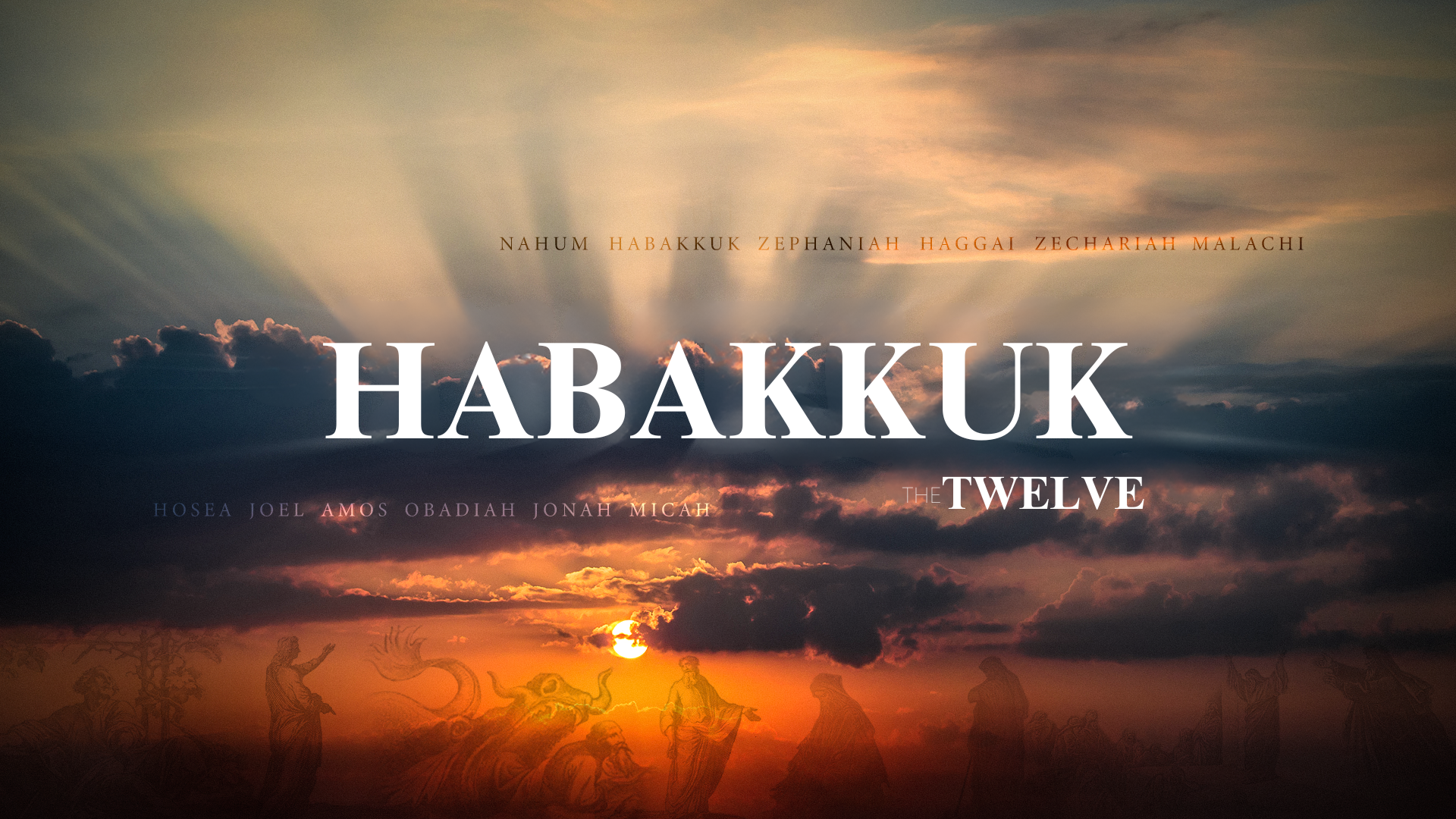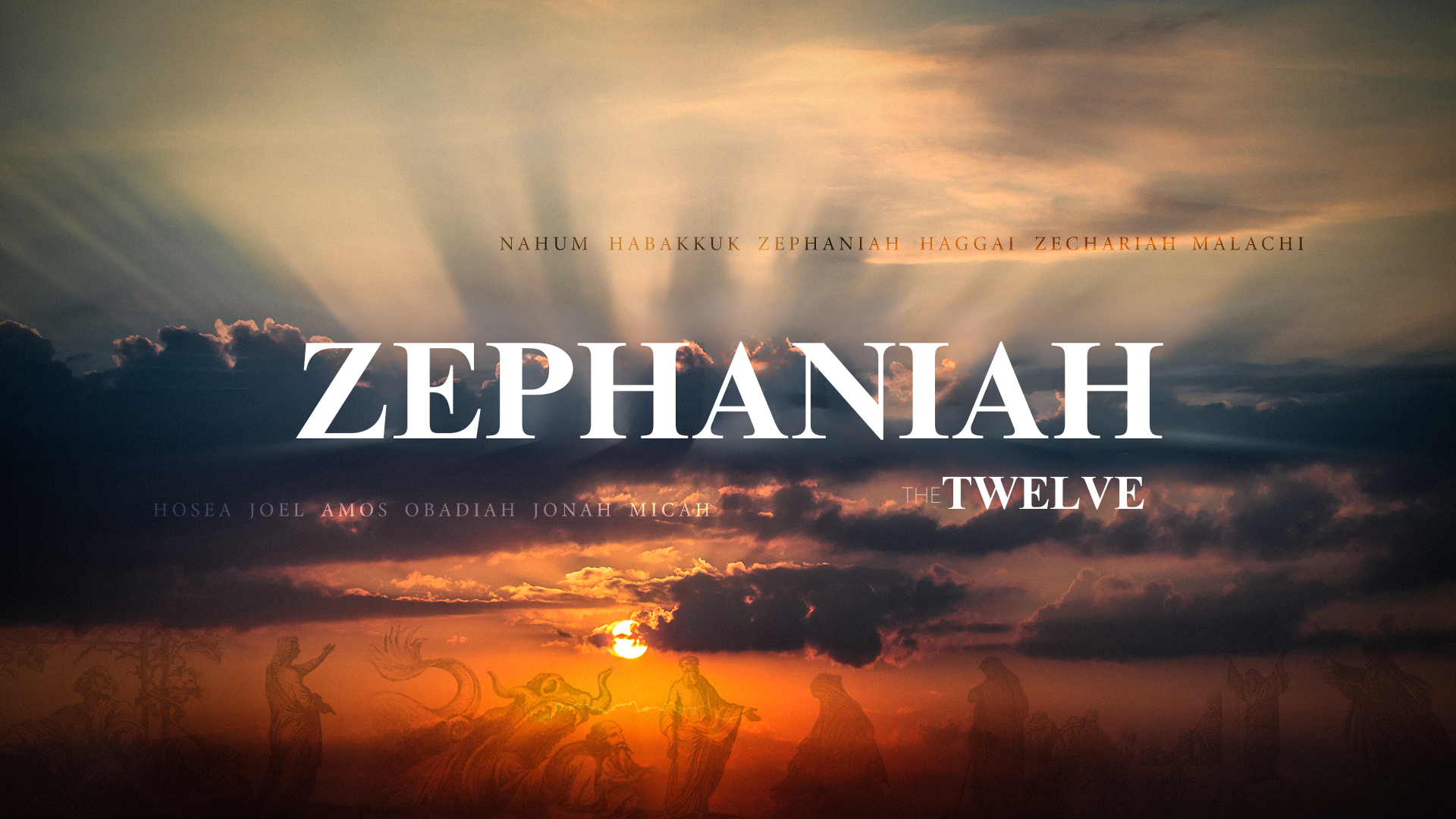MANUSCRIPT
Tonight, we continue our study of the book of Zechariah in chapter six.
As we begin, let’s review.
Verses 1.1-6 affirms the importance of repentance to our relationship with God.
#1: The Angel of the Lord, the Messiah, intercedes for His people and Yahweh promises to remember and bless them.
#2: God pledges to judge those nations He used to scatter Israel.
#3: God will yet glorify Jerusalem, and the Jews remaining in Babylon must flee to Judah.
#4: Israel, represented by the high priest, Joshua, will be cleansed and forgiven, and will one day fulfill all God’s purposes for His people (Exodus 19.6).
#5: All of God’s work will be powered by the Holy Spirit, seen as the pure golden oil that fuels the brilliantly burning golden lampstand, which represents Messiah and the church as the light of the world (John 8.12, Matthew 5.14) and Israel as God’s light to the Gentile nations (Isaiah 49.6).
#6: God’s Law, represented by the huge flying scroll with the eighth commandment on one side and the third commandment on the other side, will bring about the judgment of those who reject the gospel of grace found in Jesus Christ, Messiah.
#7: The woman in the ephah basket, identified as “wickedness” by the interpreter angel, speaks to the removal of sin to its “place,” Babylon. God will purify His people and His city even as He prepares to bring about His ultimate judgment.
Tonight, we see the final vision. And it is truly God’s concluding statement, bringing all these visions together. The vision is of two mountains of bronze, and coming forth from between those mountains are four sets of horses drawing four chariots. God will fulfill His promises, and in this vision, we see Him beginning to move in great power and glory.
So tonight, let’s turn to Zechariah 6.1-8.
The Symbols of the Vision
We’ll look first at the symbols of the vision, then examine what the Lord does.
Again I lifted my eyes and saw, and behold, four chariots came out from between two mountains. And the mountains were mountains of bronze. 2 The first chariot had red horses, the second black horses, 3 the third white horses, and the fourth chariot dappled horses—all of them strong.
This may sound similar to the first vision. But let’s look more closely.
The first things Zechariah sees are four chariots. We don’t see angelic riders, but only chariots being drawn by horses. As we noted in the first vision, horses were an important military capability in the sixth century BC, but the addition of chariots is very significant. No longer are they only patrolling to assess conditions around the world, in the eighth vision, they are the most effective and power military capability available, and they are “coming forth” . the same sense of movement and momentum we saw in the flying scroll, and the removal of wickedness to the land of Shinar, continues and even culminates here as the chariots are roaring forward for battle.
The horses themselves, of course, are an important element here, too, but there are four colors represented, not three, and the number four is prophetically meaningful. In the Bible, the number four is symbolic of universality. It refers to the four corners of the earth, four cardinal directions, and four winds of heaven, among other references, and it speaks to the idea that it will be a global or worldwide judgment that God is bringing through these horse-drawn chariots.
The horses are colored red, black (that’s new), white, and dappled, or speckled. We see these same four horses in Revelation 6.1-8, usually called the Four Horsemen of the Apocalypse. There we find a more fulsome explanation of their symbolic meaning. There, and here in Zechariah, the red horse represents war and bloodshed, the black horse represents famine, the white horse represents triumph and victory, and the pale or dappled horse represents death.
There is another important descriptor here in verse 3: all of them are “strong” or “mighty”. It’s a common Hebrew word that means exactly what it says. These are warhorses, imposing, fierce, and powerful.
The location is equally important. The four chariots came out from between two mountains. And the mountains were mountains of bronze. . in the Hebrew, there is a definite article in the text, so the text should read “four chariots came out from between (the) two mountains” . the word “the” would indicate that these two mountains would have been known by Zechariah’s readers. Christians since the fourth century AD have believed, for good reason, that the two mountains mentioned here are Mount Zion and the Mount of Olives, the two most prominent high points in the area, and between them is the Kidron Valley.
In Zechariah’s day, and through the first century AD, Mount Zion was identified as the Temple Mount, which today is the location of the Al Aqsa Mosque. It is just to the west of the Kidron Valley and sits above the eastern wall of the city. As the historic location of the Jewish Temple, it is absolutely central to Jewish life and history, and is the focal point of the capital city. Today, Mount Zion is the name of a large hill in the southwestern part of the city just north of the Hinnom Valley.
The second point is the Mount of Olives, also known as Mount Olivet, east of the Kidron Valley. The Mount of Olives was a favorite place of Jesus, and was the site of several events in the gospel accounts, including the Olivet discourse of Matthew 24 and 25, the suffering of the Savior in the Garden of Gethsemane, which is at the foot of the Mount on the western slope, and, most importantly, it’s the location of Jesus’s ascension in Acts 1. it’s slightly higher than the Temple Mount and has a commanding view of the Mount to the west. as you know, the Mount of Olives also figures prominently in prophecy. In Zechariah 14.3-4 the Mount of Olives is the location of Jesus’s second coming. 3 Then the Lord will go out and fight against those nations as when he fights on a day of battle. 4 On that day his feet shall stand on the Mount of Olives that lies before Jerusalem on the east, and the Mount of Olives shall be split in two from east to west by a very wide valley, so that one half of the Mount shall move northward, and the other half southward. . more on that when we get to the fourteenth chapter.
“The two mountains” are said to be of bronze. In Scripture, bronze symbolizes God’s strength and holiness, and particularly His judgment. in the tabernacle, the basin and the altar were both made of bronze, speaking to the sacrificial judgment of the offering that upheld the holiness of God. the best way to understand this symbol is to see strong, overwhelming judgment.
To summarize, in the eighth vision, God shows the prophet the final chapter of His plan. All that He has purposed to do and has shown to Zechariah, He will accomplish. He will bring about worldwide judgment of the nations through the means of war, famine, and death, and establish His sovereign kingdom to be ruled by Jesus Christ, the Messiah, all represented by these four great chariots rushing forth between two mountains of bronze, affirming and reinforcing His strength and holiness.
The Action of the Vision
Let’s see how He accomplishes this.
4 Then I answered and said to the angel who talked with me, “What are these, my lord?” 5 And the angel answered and said to me, “These are going out to the four winds of heaven, after presenting themselves before the Lord of all the earth. 6 The chariot with the black horses goes toward the north country, the white ones go after them, and the dappled ones go toward the south country.” 7 When the strong horses came out, they were impatient to go and patrol the earth. And he said, “Go, patrol the earth.” So they patrolled the earth.
8 Then he cried to me, “Behold, those who go toward the north country have set my Spirit at rest in the north country.”
As an overview, the interpreter angel’s answer to Zechariah’s question gives us the details of how the Lord of all the earth will deploy His forces around the world. These angelic warriors are about to go on a mission, but first, they present themselves before the Lord of Hosts, the warfighting Name of the Lord Jesus, a Name used 46 times in the book of Zechariah. He’s called here the Lord of all the earth, very similar to His title in Zechariah 4.14, the Lord of the whole earth. These warriors are going everywhere, to the four winds, but three locations are specifically noted: the black horses, representing famine and economic devastation (see also Revelation 6), and the white horses, representing the triumph of the Lord, head north. Why north? That was the direction from which enemies approached Jerusalem. to the south, there was the Hinnom Valley, to the east was the Kidron Valley and the Arabian Desert, and to the west was also difficult terrain, and the Mediterranean Sea. in this context, “north” would likely signify the final world system of Babylon, just as it is in the seventh vision and in Revelation, and perhaps Assyria. The dappled or pale horses head south to confront Israel’s other long-time enemy, Egypt, as we saw in Daniel 2.44, the Almighty God will defeat all His enemies and enthrone His Son, the Lord Jesus Christ, as King of kings. 44 And in the days of those kings the God of heaven will set up a kingdom that shall never be destroyed, nor shall the kingdom be left to another people. It shall break in pieces all these kingdoms and bring them to an end, and it shall stand forever.
But let’s be clear: the judgment of the nations in view here isn’t limited to Babylon, Assyria (maybe), and Egypt. those are Israel’s traditional enemies, but in the last days, the nations allied against God and His people will include all the world, and that’s where God’s angelic warriors will go. That’s the reason it makes sense for the horse-drawn chariots to deploy “to the four winds”.
Some of you are asking: what happened to the red horses and their chariot? Thoughts differ on this point, but as I see it, there’s really only one reasonable conclusion: the red horses and their chariot, the ones devoted to war and bloodshed, don’t leave the local area. We’ve already seen in the sixth vision that God will judge those among His people who refuse the gospel of grace in His Son, and we will see in chapter thirteen God carry out a purging and purifying of the nation. And certainly Israel’s enemies will fall to judgment within the borders of their land, with blood as deep as the bridle of a horse for about 185 miles, most of the length of Israel measured from north to south. so we see from this and other OT prophecies, and most clearly from the book of Revelation, that there will be unimaginable war and bloodshed in the land of Israel as the last days draw to a close and God’s kingdom draws near.
And the angelic forces are anxious to get on with their mission. 7 When the strong horses came out, they were impatient to go and patrol the earth. And he said, “Go, patrol the earth.” So they patrolled the earth. The word here for “patrol” is the same as the one used in the first vision, but the context is entirely different. These “strong horses” are not going out to assess the nations of the earth – they are going out to disrupt and destroy them as they execute divine judgment.
Verse eight is a fitting close to Zechariah’s visionary cycle. 8 Then he cried to me, “Behold, those who go toward the north country have set my Spirit at rest in the north country.” . the work of the angelic warriors sent to the north country has been accomplished and Israel’s enemies have been defeated through overwhelming judgment. and now God’s Spirit will be at rest in the very place where wickedness once dwelled. As God rested in Genesis 2.2-3. 2 And on the seventh day God finished his work that he had done, and he rested on the seventh day from all his work that he had done. 3 So God blessed the seventh day and made it holy, because on it God rested from all his work that he had done in creation. So will He rest again. Zechariah prophesies that the Spirit of God will rest, when all the work of judgment is complete, when Babylon the Great is overthrown, and when the wicked are condemned, both within and outside Israel.
Linkage of the Visions
As we close, let’s look at how these visions link together. I was amazed by how the final vision connects back to the previous seven visions and draws them together.
In the first vision, we see angelic warriors riding horses whose colors represent war and victory. They are sent out to patrol the earth from the “deep” of the Kidron Valley, and the angels return to report that all is at rest. After intercession from the Angel of the Lord, Israel’s covenant God promises to remember and bless the nation. Now as the visionary cycle closes with the eighth vision, the angelic reconnaissance patrol has transformed into a group of angelic warriors riding forth in chariots at God’s command, roaring down the valley between Mount Zion and the Mount of Olives, their symbolic bronze character emphasizing that God’s universal judgment of the wicked is beginning, as is the blessing of His people, for He has indeed remembered them.
In the second vision, God promised to judge the Gentile world powers for their oppression and cruel treatment of Israel. Now in the eighth vision, God completes the preliminary judgment of the craftsmen as the Lord of all the earth sends forth the holy angels to execute His final judgment against the unrighteous and wicked nations which have opposed and brutalized His people.
In the third vision, the Angel of the Lord measures out a new, expansive Jerusalem for His people and to be His capital city, which would one day be filled with His own glory and protected by the Lord as a wall of fire all around. In this closing vision, though it be painful, Jerusalem is purified through the fires of judgment and fully prepared to be the city of God Jerusalem was always meant to be.
In the fourth vision, the people of Israel, represented by Joshua, the high priest, are promised to be cleansed of their iniquity in a single day, and become the holy nation and kingdom of priests that God intended. The priesthood becomes a sign of the coming Branch, and the people are promised to enter into God’s rest, each under his own vine and his own fig tree. In this eighth vision, the purity promised to Israel is extended to all the world as the nations are judged and the redeemed embraced, and the Angel of the Lord, the Messiah, the Branch, the Root of Jesse, Jesus Christ, takes the throne as the long-promised Priest-King of Israel.
In the fifth vision, the Holy Spirit empowers the God-ordained work and ministry of Jesus Christ, the Light of the World (John 8.12), His Bride, the Church (Matthew 5.14), originating this work through Israel (Isaiah 49.6), represented by a brilliant golden lampstand. God promises to sovereignly accomplish all His purposes through His own work, including the construction of the Temple in Jerusalem. in the eighth vision, God’s Spirit accomplishes each and every part of all of the Father’s plan, and finds rest long sought in the north country, as the enemies of God are completely destroyed, even in the place where formerly wickedness dwelled. His Spirit rests from His re-creation work as the Holy Spirit rested after His creation work in Genesis 2.
In the sixth vision, God placed two of the ten divine commandments given to Moses, representing the totality of God’s Law, on a huge flying scroll, as a warning and a promise of coming judgment, and sent the scroll out for all people everywhere to see. in the final vision, God keeps His promise to cleanse His people of all unrepentant lawbreakers and sinners, exalting His own righteousness and holiness and affirming the eternal truth of His Word.
In the seventh vision, God promised to exile wickedness, represented by a woman in an ephah with a leaden cover, to the land of Shinar, as it awaited final judgment. His use of two women with the wind, or spirit, in their wings, illustrates His decisive action to protect His people while containing iniquity. In the eighth vision, God executes that final judgment as unstoppable angelic warriors roar in chariots out of the Kidron Valley between the two mountains, crushing the final godless world system, as the world’s merchants lament the fall of Babylon the Great, mother of harlots and of the abominations of the earth.
Summary and Application
Let’s review some truths and points of application from this eighth and final vision.
God has a purpose – all that He does is working toward His goal for all creation. We see a good description in Ephesians 1.7-10: 7 In him we have redemption through his blood, the forgiveness of our trespasses, according to the riches of his grace, 8 which he lavished upon us, in all wisdom and insight 9 making known to us the mystery of his will, according to his purpose, which he set forth in Christ 10 as a plan for the fullness of time, to unite all things in him, things in heaven and things on earth. Israel has an important part to play in this divine purpose, and these visions give us a glimpse of their role as God prepared His people to as a means to bring about the advent of His Messiah, Jesus Christ, as He says, in “the fullness of time”.
God has a plan – His plan is to achieve His purpose. And that plan is to call out a people for Himself. Hear the words of Ephesians 2.11-18. 11 Therefore remember that at one time you Gentiles in the flesh, called “the uncircumcision” by what is called the circumcision, which is made in the flesh by hands— 12 remember that you were at that time separated from Christ, alienated from the commonwealth of Israel and strangers to the covenants of promise, having no hope and without God in the world. 13 But now in Christ Jesus you who once were far off have been brought near by the blood of Christ. 14 For he himself is our peace, who has made us both one and has broken down in his flesh the dividing wall of hostility 15 by abolishing the law of commandments expressed in ordinances, that he might create in himself one new man in place of the two, so making peace, 16 and might reconcile us both to God in one body through the cross, thereby killing the hostility. 17 And he came and preached peace to you who were far off and peace to those who were near. 18 For through him we both have access in one Spirit to the Father. The Savior had to come from the covenant people, Israel, but they were only part of God’s plan. For in Christ, even the Gentiles have been brought near by His blood, and so God might create in Himself one new man in place of the two, so making peace. His plan was always the cross, that Jesus’s sinless life and atoning death would be His way to call, purify, and glorify a people for His own possession.
God will accomplish all that He has purposed – No one can thwart the intentions of the Almighty God. He will do what He pleases.
Isaiah 46.9-10:
9 for I am God, and there is no other;
I am God, and there is none like me,
10 declaring the end from the beginning
and from ancient times things not yet done,
saying, ‘My counsel shall stand,
and I will accomplish all my purpose.
It gives us peace and assurance, doesn’t it, to know that God is sovereign and in control of all things? Together, these eight visions show us the handiwork of God as He brings about His purposes in the world. We can rejoice and rest in Him.

Taught by Mike Morris
Associate Pastor of Verse By Verse Fellowship
The Twelve Series
